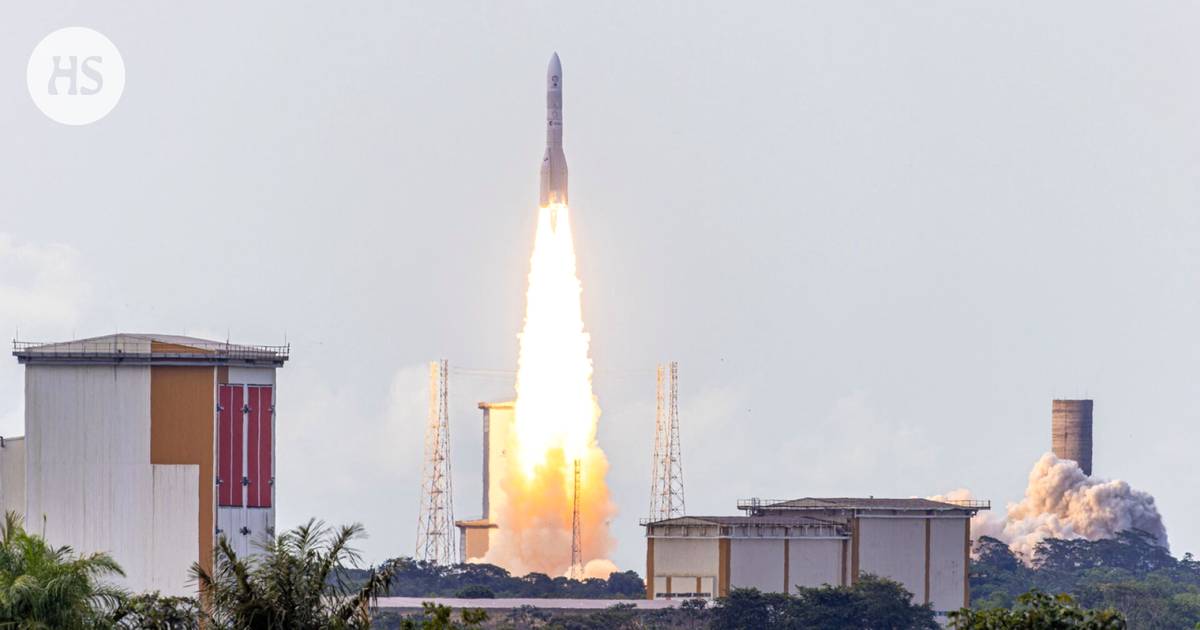Almost half of the first launches of new rockets have ended in failure over the years.
European the new Ariane 6 launch vehicle of the European Space Agency (Esa) successfully launched into space on Tuesday evening. The launch took place from the Esa Space Center in Kourou, French Guiana.
Esa’s manager Josef Aschbacher characterized the successful launch as a historic day for Europe.
The head of NASA Bill Nelson in turn described trigger for Esa to make a huge leap forward.
Ariane’s departure was delayed by an hour when a small data problem appeared during a routine check. However, according to Esa, it was resolved.
About an hour after launch, the launch control room erupted into loud applause when the rocket successfully delivered the microsatellites into orbit.
The rocket deviated from its flight path towards the end of the flight and did not succeed in the planned return to the earth’s atmosphere and landing in the Pacific Ocean. Even that did not dampen the spirits of the leaders of the European space agencies. The goal of the maiden flight was to get the satellites into orbit.
“It’s a great success despite a little disappointment at the end,” said the head of the German space agency DLR Walter Pelzer.
People clapped and took photos when the rocket took off from Kourou on Tuesday.
Nearly half of the first launches of new rockets have ended in failure. These also include Ariane 6’s predecessor, Ariane 5, which exploded shortly after launch in 1996.
Since then, Ariane 5 has flown into space 117 times, the last time a year ago. Since then, the Europeans have been competitors, such as the billionaire Elon Musk’s Based on the Space X company.
Ariane 6 is intended as a work party that enables European governments and companies to access space independently of the rest of the world, says BBC.
13 European countries are involved in its production.
The rocket is planned for six launches next year and eight launches for 2026. Like its predecessor, Ariane 6 is disposable and a new rocket must be built for each flight.
Vain weeks before Ariane 6’s launch, Eumetsat, the European weather satellite organization, canceled plans to use the rocket. The organization cited “exceptional circumstances” and said it will deploy the Space X company’s Falcon 9 launch vehicle.
According to Aschbacher, the organization’s decision to abandon the European rocket was difficult to understand.
Space technology has grown into a large industry in which, in addition to governments, private companies are also involved.
For companies, the reusability of rockets is important because they don’t have as much money as the superpowers competing against each other. For example, the Falcon 9 launch vehicle is capable of returning to Earth for multiple reuses.
